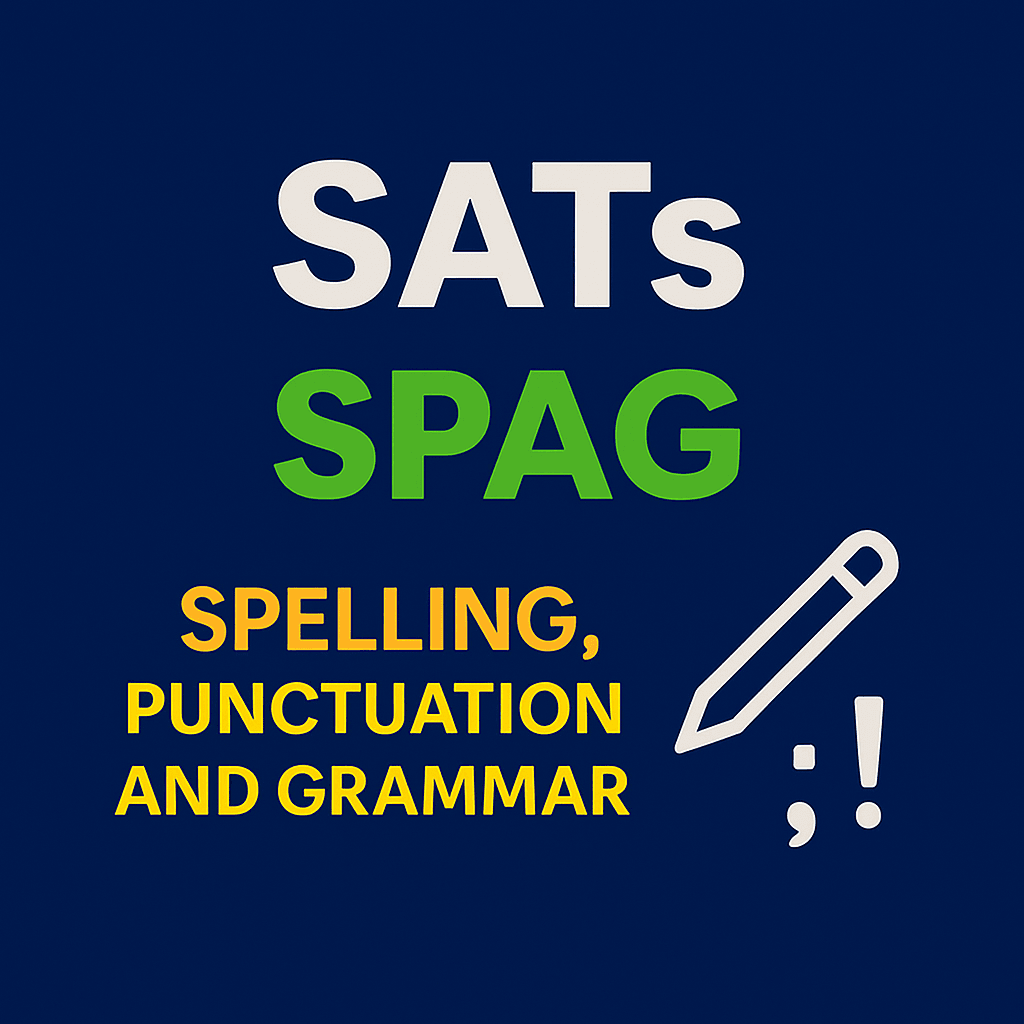Table of Contents
ToggleTop SAT Grammar Rules You Must Know to Ace the Writing Section
Introduction
The SAT Writing and Language section tests your understanding of grammar, punctuation, and sentence structure. For UK, European, and international students, knowing these rules can help you achieve higher scores with confidence.
This guide covers:
- Key grammar rules tested on the SAT.
- Common mistakes to avoid.
- Practical examples with solutions.
Let’s make SAT grammar simple!
Subject-Verb Agreement
The subject and verb in a sentence must always agree in number (singular/plural).
Rule:
- Singular subjects take singular verbs; plural subjects take plural verbs.
Example:
- Incorrect: The group of students are studying.
- Correct: The group of students is studying.
SAT Tip:
- Ignore prepositional phrases (e.g., “of students”) to match the subject with the correct verb.
Misplaced Modifiers
A modifier must clearly refer to the word it describes.
Rule:
- Place modifiers as close as possible to the word they modify.
Example:
- Incorrect: Running through the park, the dog startled Maria.
- Correct: Running through the park, Maria was startled by the dog.
SAT Tip:
- If the sentence sounds unclear, check for misplaced modifiers.
Punctuation: Commas, Semicolons, and Colons
Commas
- Use commas to separate items in a list or after introductory phrases.
- Incorrect: Before the exam I reviewed my notes.
- Correct: Before the exam, I reviewed my notes.
Semicolons
- Use semicolons to join two independent clauses.
- Example: The test was challenging; I felt prepared.
Colons
- Use colons to introduce lists or explanations.
- Example: The SAT includes three sections: Math, Reading, and Writing.
SAT Tip:
- Look for run-on sentences where punctuation is missing.
Parallel Structure
Parallelism ensures consistency when listing or comparing items in a sentence.
Rule:
- All items in a list must have the same grammatical form.
Example:
- Incorrect: She enjoys hiking, swimming, and to bike.
- Correct: She enjoys hiking, swimming, and biking.
Pronoun Clarity and Agreement
Pronouns must match their antecedents and remain clear.
Rule:
- Singular antecedents take singular pronouns.
Example:
- Incorrect: The student lost their notebook.
- Correct: The student lost his or her notebook.
SAT Tip:
- Be cautious with ambiguous pronouns like “it” or “they.” Ensure clarity.
Common SAT Writing Mistakes to Avoid
- Skipping punctuation: Don’t assume commas are optional.
- Ignoring modifiers: Always place descriptive words logically.
- Choosing the “longest” answer: The SAT often rewards concise, clear phrasing.
Practice Question
Question: Choose the correct sentence:
A. The team of players are excited for their game.
B. The team of players is excited for their game.
Answer: B. “Team” is a singular subject, so the verb “is” must be used.
Summary
Mastering grammar rules like subject-verb agreement, modifiers, punctuation, and parallelism is essential for SAT Writing success. With practice, you can answer these questions quickly and confidently.
Struggling with SAT Writing? Book a free consultation with Skinat Tuition and get expert guidance to ace the SAT grammar section.
📅 Schedule Your Free Session Today | Call us now +44 7877 331206
Skinat Tuition | Your sure maths, english, and science partners



